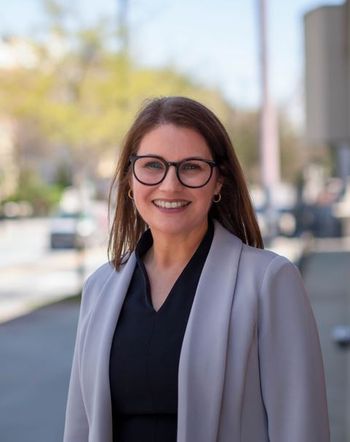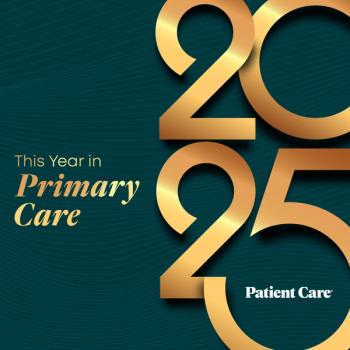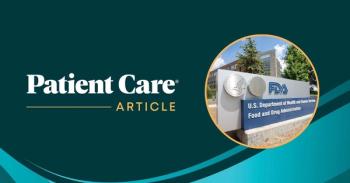
When No Facemasks are Available: CDC Options
When the face masks are gone, how does care for COVID-19 patients continue? The CDC provides 6 work-arounds to protect HCP.
When a supply of face masks has been depleted and reuse of existing items is no longer feasible, the Centers for Disease Control and Prevention (CDC) provides 6 options as work-arounds including limiting patient contact to healthcare professionals (HCP) who have clinically recovered from COVID-19 and excluding from direct patient contact any HCP who are at higher risk for severe illness.Are homemade masks a viable option? Scroll through the slides below for CDC's guidance.
Newsletter
Enhance your clinical practice with the Patient Care newsletter, offering the latest evidence-based guidelines, diagnostic insights, and treatment strategies for primary care physicians.



